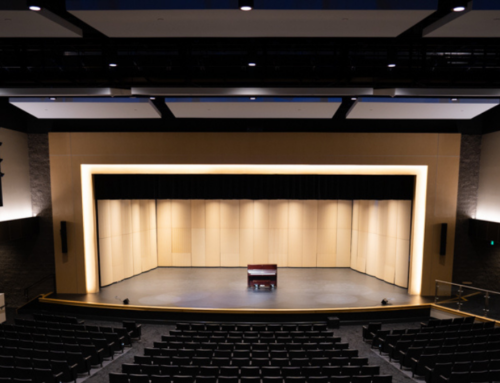Early Communication is Key with Integrated System Controls
Engineers need to verify requirements with individual product suppliers and building automation providers to make sure every aspect of communication is addressed in a project.

Integrated system controls are valuable investments to building owners and operators. However, they do present challenges to design engineers, particularly if they do not fully understand the capabilities and requirements of these systems. Common challenges are with respect to system interconnection, both at the field device level and at the enterprise level.
At the field device level, a common consideration for interoperability is with respect to packaged equipment. Most packaged equipment is available with self-contained control systems to deliver simplicity, reliability and optimization of the equipment contained therein. These systems include, but are not limited to, integrated pump controllers, air-handling units, chillers and boilers. Increasingly, these equipment manufacturers are answering the industry’s call for integration and interoperability by providing these packaged solutions with open protocol communication such as BACnet or Modbus. For facilities with building automation systems, fully-integrated systems improve overall maintainability, operation and efficiency.
In addition to the communication protocol required for interconnection of these systems, design engineers need to pay attention to the physical means by which these systems are connected. Engineers need to verify requirements with individual product suppliers and with building automation providers to ensure all the hardware and software required for communication between the devices is addressed in the project.
A predominant interoperability platform is ASHRAE’s BACnet protocol. While utilization of products in the BACnet Testing Laboratories Listing can give a degree of confidence in interface success, the software-based protocol does not have physical layer limitations or requirements. BACnet IP requires an Ethernet connection, while BACnet MS/TP requires a twisted-pair connection. Even within the BACnet MS/TP application, the number of conductors and bus speeds can vary between manufacturers. What that means to specifying engineers is that simply requiring device use of BACnet is insufficient detail. Often, additional BACnet routers are required for physical connection or for network management best practices.
At the enterprise level, modern building automation systems rely on the IT infrastructure in a building. While utilization of this structured data network does have advantages for building owners, implementation often presents challenges. In many facilities, IT and facility management departments have not traditionally been required to cooperate with one another and have independent organization structures. This means that a forced interactive relationship between these entities could originate from a construction project for the first time. Building that bridge can be an obstacle to overcome, so ample time should be allowed to foster the relationship. Both departments typically have mature standards and requirements based on best practices and their own experience. They will both require assurance that the interactive requirements will not compromise those standards.
Beyond the cultural implications, there are technical limitations to address with IT infrastructure. Some organizations price IT infrastructure like a utility, charging monthly fees for connections to the network. If enough connections are required for a system, this can become a very real budget line-item for facilities departments.
Another example is the distance between a mechanical room and the nearest data closet may stretch the nominal 100-meter cable length limitation of Ethernet wiring without proper planning. The type of switch that equipment is connected to is important to understand, if it is a conventional switch or a Power over Ethernet switch.
One institutional client experienced an issue where its IT department upgraded switches to POE switches on a technology refresh and enabled the power supply to the lines in the process. The resulting supply voltage on the Ethernet lines caused controllers to go offline and cause communication interruptions throughout the system. Security permissions also are a consideration. In a K-12 education environment, if building automation traffic is not properly segregated from user groups on the network, security and content filter limitations that exist for the protection of the students in the classroom could potentially apply limitations to something such as a pump skid in the mechanical room.
What is the answer to manage this process? Early involvement of all the invested parties is critical. We as specifying engineers are the people introducing these variables into the system, so it is incumbent upon us to understand the technical requirements and considerations of the application. If not clearly communicated up front, these requirements can often be neglected throughout the design and most of the construction progress, making it much more difficult to address late in construction or near project completion.
The earlier you identify these sensitive areas, the better. By engaging early in the process and leading the discussion of accommodating all the individual specific requirements, each department is given ample time to evaluate the impact of their system and potentially make modifications to accommodate those needs. Addressing the technical requirements in the contract documents completes the success of the project.

Kyle Knudten, P.E., CPMP
Published March 28, 2018 in PM Engineer
Kyle Knudten, P.E., CPMP, is a principal for St. Louis, Missouri-based McClure Engineering, a mechanical and electrical consulting engineering firm dedicated to the development of innovative solutions to unique engineering problems.



